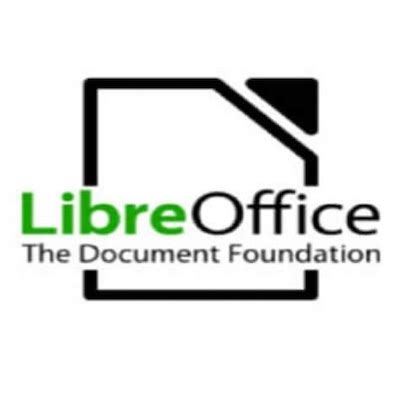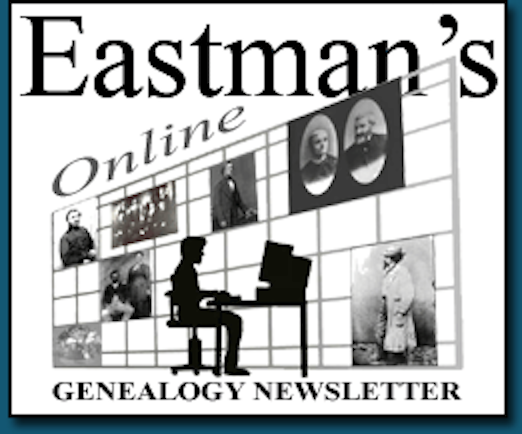This article is not about any of the "normal" topics of this newsletter: genealogy, history, current affairs, DNA, and related topics. However, it contains information about the FREE word processor. spreadsheet, PowerPoint replacement, and other applications that I use and prefer over the Microsoft and Apple products:
 The free competitor to Microsoft Office and Apple iWork just got another update.
The free competitor to Microsoft Office and Apple iWork just got another update.
LibreOffice is a popular open-source software suite, serving as a replacement for Microsoft Word, Excel, PowerPoint, and other applications. It's a great option if you want to edit documents and spreadsheets without paying a subscription for Microsoft 365
, especially since LibreOffice has more features and supports more file formats than many other free alternatives. The Document Foundation has now released LibreOffice 7.6 across all platforms, making the office suite even better.
LibreOffice Writer, the equivalent to Microsoft Word or Apple Pages, has a few useful improvements in LibreOffice 7.6. Adding the current page number to a document in the header or footer is now just one click, with the updated "New Page Number Wizard" option in the Insert menu. Tables of Figures can now be generated based on paragraph styles, instead of just from categories or object names, and bibliography entries can be edited more easily. The Paragraph Style dropdown menu also now gives you a list of styles used in the document, rather than the full list of available styles.
LibreOffice Calc, the Excel and Apple Numbers replacement, also has some great changes. There's a new compact layout for pivot tables, spreadsheets copied to another document don't lose their print range anymore, the autofilter can sort by color, and the Import Text feature (used for opening unformatted text or CSV files) has been improved.
Finally, there are a few new features for LibreOffice Impress (the PowerPoint equivalent) and Draw (a vector graphics tool). There's a new panel for switching slides while viewing a presentation, auto-fitting text scaling that now works more like Microsoft Office, and fonts for CJK and Arabic languages have been improved.
You can download LibreOffice 7.6 from the official website as the "Community" version, which is intended for personal home use, with Enterprise versions available for businesses and other groups who need custom features and dedicated support. The update should also roll out to Linux package repositories, the Mac App Store, and other places soon. Interestingly, LibreOffice isn't giving up on Windows 7 and 8 just yet, like we've seen from many other applications over the past year — it still works on Windows 7 SP1 or newer, as well as macOS 10.15 or later.
The Document Foundation also confirmed that this will be the last update in the LibreOffice 7.x family, as the group is moving to a new version scheme based on the year and month, like Ubuntu Linux. The next major update will be LibreOffice 2024.02 in February of next year.
You can learn more at: https://www.libreoffice.org/.
 Latest News Articles
Latest News Articles Do you have an RSS newsreader? You may prefer to use this newsletter's RSS feed at:
Do you have an RSS newsreader? You may prefer to use this newsletter's RSS feed at: